

- RFQ
- BOM
-
Contact Us
Tel: +86-0755-83501315
Email: sales@sic-components.com
- Chinese
- English
- French
- German
- Portuguese
- Spanish
- Russian
- Japanese
- Korean
- Arabic
- Irish
- Greek
- Turkish
- Italian
- Danish
- Romanian
- Indonesian
- Czech
- Afrikaans
- Swedish
- Polish
- Basque
- Catalan
- Esperanto
- Hindi
- Lao
- Albanian
- Amharic
- Armenian
- Azerbaijani
- Belarusian
- Bengali
- Bosnian
- Bulgarian
- Cebuano
- Chichewa
- Corsican
- Croatian
- Dutch
- Estonian
- Filipino
- Finnish
- Frisian
- Galician
- Georgian
- Gujarati
- Haitian
- Hausa
- Hawaiian
- Hebrew
- Hmong
- Hungarian
- Icelandic
- Igbo
- Javanese
- Kannada
- Kazakh
- Khmer
- Kurdish
- Kyrgyz
- Latin
- Latvian
- Lithuanian
- Luxembou..
- Macedonian
- Malagasy
- Malay
- Malayalam
- Maltese
- Maori
- Marathi
- Mongolian
- Burmese
- Nepali
- Norwegian
- Pashto
- Persian
- Punjabi
- Serbian
- Sesotho
- Sinhala
- Slovak
- Slovenian
- Somali
- Samoan
- Scots Gaelic
- Shona
- Sindhi
- Sundanese
- Swahili
- Tajik
- Tamil
- Telugu
- Thai
- Ukrainian
- Urdu
- Uzbek
- Vietnamese
- Welsh
- Xhosa
- Yiddish
- Yoruba
- Zulu
- Kinyarwanda
- Tatar
- Oriya
- Turkmen
- Uyghur
Capacitor Used In Electric Circuit
In the era of rapid development of modern electronic technology, circuits are like the "lifeblood" of electronic products, and capacitors, as indispensable basic components in circuits, play a crucial role. From daily-used mobile phones and computers to complex industrial control systems and power transmission networks, capacitors exert unique and key functions. Understanding the working principles, classifications, and application scenarios of capacitors in circuits is of great significance for electronic engineers, technology enthusiasts, and even ordinary consumers to comprehend the operation mechanisms of electronic products. https://www.sic-components.com/capacitors
Working Principles of Capacitors
In essence, a capacitor is an electronic component capable of storing electric charge. It consists of two conductor plates that are close to each other with an insulating medium (such as air, ceramic, mica, electrolyte, etc.) in between. When a capacitor is connected to both ends of a power source, free electrons gather on the plates under the action of an electric field, charging the capacitor. One plate accumulates positive charges, and the other accumulates an equal amount of negative charges. At this point, a voltage is formed between the two plates of the capacitor, allowing the charge to be stored. After charging is complete, even if the power source is disconnected, the charges can be maintained on the plates for a period due to the isolation of the insulating medium, which is the energy storage characteristic of the capacitor.
When a capacitor is connected to a closed circuit with other components, it discharges according to the circuit's needs. For example, in a simple circuit composed of a capacitor, a resistor, and a light bulb, when the charged capacitor discharges, the stored charges flow through the resistor to the light bulb, making it glow until the charges on the capacitor plates are completely released. This charging and discharging process enables the capacitor to perform various functions in the circuit.
Classifications and Characteristics of Capacitors
Classification by Structure
Fixed Capacitors: Their capacitance values are determined during manufacturing and cannot be adjusted in the circuit. Fixed capacitors can be further subdivided according to the dielectric used. For example:
Ceramic Capacitors: Using ceramic as the dielectric, they feature small size, good stability, low loss, and high insulation resistance. They are widely applied in high-frequency circuits, such as in the RF circuits of mobile phones and wireless communication devices for signal coupling and filtering.
Mica Capacitors: Using mica sheets as the dielectric, they have high precision, small temperature coefficients, and high voltage resistance. They are commonly used in circuits with extremely high requirements for stability and reliability, such as aerospace equipment and precision measuring instruments.
Variable Capacitors: Their capacitance values can be adjusted within a certain range. Common variable capacitors include air-dielectric variable capacitors and solid-dielectric variable capacitors:
Air-Dielectric Variable Capacitors: Adjust capacitance by changing the relative position or area of two sets of metal plates. They have low loss and stable performance, often used in the tuning circuits of radios, televisions, etc., to select signals of specific frequencies.
Solid-Dielectric Variable Capacitors: Using plastic films as the dielectric, they are relatively small in size and commonly used in the frequency fine-tuning circuits of small electronic devices.
Trimmer Capacitors (semi-variable capacitors): Their capacitance values can only be fine-tuned within a small range. Trimmer capacitors generally use ceramic, mica, or organic films as dielectrics and change capacitance by adjusting the distance between plates or the degree of dielectric insertion. They are mainly used for parameter calibration and fine-tuning in circuits, such as adjusting the frequency response in audio amplifier circuits to achieve optimal sound quality.
Classification by Dielectric Material
Ceramic Capacitors: In addition to the above-mentioned good high-frequency performance, they also have the advantages of low cost and suitability for mass production. With technological development, Multilayer Ceramic Capacitors (MLCC) have emerged, which are formed by alternately stacking multiple ceramic dielectric layers and electrode layers and firing them, further improving capacitance density. They are widely used in miniaturized and highly integrated electronic devices, such as the power management circuits and signal processing circuits of smartphones and tablets.
Electrolytic Capacitors: Using electrolytes as the dielectric, they are characterized by a very large capacitance per unit volume, enabling high capacitance values in a small volume. They are commonly used in power filtering, coupling, decoupling, and other circuits. Electrolytic capacitors are divided into aluminum electrolytic capacitors, tantalum electrolytic capacitors, etc.:
Aluminum Electrolytic Capacitors: Low cost but with disadvantages such as large leakage current, relatively short service life, and poor temperature characteristics.
Tantalum Electrolytic Capacitors: Feature high stability, small leakage current, and long service life, but are relatively expensive. They are often used in circuits with high stability requirements, such as computer motherboards and server power supply circuits.
Film Capacitors: Using plastic films (such as polyester film, polypropylene film, etc.) as the dielectric. They have advantages such as high insulation resistance, low loss, good frequency characteristics, and good temperature stability, suitable for AC circuits, pulse circuits, etc. For example:
In the inverter circuits of power electronic equipment, film capacitors are used to absorb high-frequency harmonics and stabilize the DC bus voltage.
In audio equipment, they are used for audio signal coupling and frequency division, providing clear and pure sound quality.
Application Scenarios of Capacitors in Circuits
Filtering
In power supply circuits, capacitors are one of the core components for realizing filtering functions. Since the voltage output by an AC power supply usually has certain fluctuations and ripples, which can interfere with the normal operation of electronic devices, a filtering circuit can be formed by connecting a large-capacity electrolytic capacitor and a small-capacity ceramic capacitor in parallel at the power output.
Electrolytic Capacitors: Filter out low-frequency ripples. Using their large capacitance values, they smooth the voltage through charging and discharging when the power supply voltage fluctuates.
Ceramic Capacitors: Filter out high-frequency ripples. With good high-frequency performance, they can quickly respond to changes in high-frequency signals, bypassing high-frequency interference signals to the ground, thus making the output DC voltage more stable and pure, providing a reliable power source for electronic devices.
Coupling
In multi-stage amplifier circuits, capacitors are often used for signal coupling. Since the DC operating points of each stage of the amplifier circuit need to be independent and cannot be directly connected (otherwise, the normal operation of the circuit will be affected), capacitors have the characteristic of "blocking DC and passing AC". They can couple the AC signal output by the previous stage circuit to the next stage while preventing the DC component from passing through, ensuring that the DC operating points of each stage of the amplifier circuit are not affected. In this way, the AC signal can be smoothly transmitted between each stage of the circuit and amplified, realizing effective signal processing. For example, in an audio amplifier circuit, a capacitor couples the signal from the preamplification stage to the power amplification stage, allowing the sound signal to be amplified and output to the speaker.
Bypassing
In amplifier circuits, negative feedback is often introduced to increase the amplification factor and stabilize the quiescent operating point. However, in some cases, negative feedback will attenuate high-frequency signals, affecting the high-frequency performance of the circuit. At this time, a capacitor can be connected in parallel across the resistor to form a bypass circuit. For high-frequency signals, the impedance of this capacitor is very small, which can bypass the high-frequency signals to the ground, so that the high-frequency signals do not pass through the resistor, thus avoiding the attenuation of negative feedback on high-frequency signals and ensuring the amplification performance of the circuit in the high-frequency band. For example, in a transistor amplifier circuit, the bypass capacitor connected in parallel with the emitter resistor can make the emitter approximately grounded in the AC signal path, increasing the voltage amplification factor of the circuit.
Tuning
In radio communication equipment such as radios and televisions, it is necessary to select specific frequency signals from numerous broadcast signals for reception and processing. The LC resonant circuit composed of capacitors and inductors plays a key role in this process. By adjusting the capacitance value of the variable capacitor, the resonant frequency of the LC resonant circuit can be changed. When the resonant frequency is the same as the frequency of a certain broadcast signal, the circuit resonates. At this time, the impedance to this frequency signal is the smallest, allowing the signal to be amplified and selected to the greatest extent, while other frequency signals are suppressed, thus achieving the tuning and reception of specific frequency signals.
Energy Storage
In some circuits that require instant high current, such as flash circuits and pulse laser circuits, capacitors can be used as energy storage elements. When the circuit is in a non-working state, the power supply charges the capacitor, storing electrical energy in the form of electric field energy; when the circuit needs to work, the capacitor discharges rapidly, releasing a large amount of stored charges in an extremely short time to provide instant high current for the load, making the flash emit light or the pulse laser generate laser. In addition, in the braking energy recovery systems of some new energy vehicles, capacitors are also used to store the electrical energy generated during vehicle braking, improving energy utilization efficiency.
Selection Key Points for Capacitors in Circuits
Capacitance Value
Select an appropriate capacitance value according to the specific functional requirements of the circuit:
In filter circuits, the size of the capacitance value affects the filtering effect. Generally, the larger the capacitance value, the better the filtering effect on low-frequency ripples, but too large a capacitance value will increase costs and volume and may affect the circuit's response speed.
In coupling circuits, the capacitance value needs to be selected according to the signal frequency and impedance to ensure effective signal transmission.
In tuning circuits, the capacitance value and the inductor value jointly determine the resonant frequency, which needs to be accurately calculated and selected to achieve precise tuning of specific frequency signals.
Voltage Rating
The voltage rating of the capacitor must be greater than the maximum voltage that may appear in the circuit; otherwise, the capacitor may be broken down and damaged. When selecting a capacitor, factors such as the circuit's operating voltage, voltage fluctuation range, and possible surge voltage should be considered. For example, in a power supply filter circuit, the voltage rating of the capacitor is generally 1.5-2 times higher than the power supply output voltage to ensure the safe operation of the capacitor under various working conditions.
Operating Temperature Range
Different types of capacitors have different operating temperature ranges:
In high-temperature environments, the performance of capacitors may change. For example, the electrolyte of electrolytic capacitors may evaporate, leading to a decrease in capacitance value and an increase in leakage current.
In low-temperature environments, the dielectric performance of some capacitors may deteriorate, affecting their normal operation.
Therefore, when selecting a capacitor, the appropriate one should be chosen according to the actual operating environment temperature of the circuit to ensure that it can work stably and reliably within the specified temperature range. For example, in automotive electronic equipment, due to the high temperature in the engine compartment, capacitors with good high-temperature resistance should be selected; for electronic devices used in cold regions, the low-temperature performance of capacitors should be considered.
Frequency Characteristics
Different types of capacitors exhibit different performances at different frequencies:
Ceramic capacitors have good high-frequency performance and are suitable for high-frequency circuits.
Electrolytic capacitors have large losses and increased impedance at high frequencies, making them unsuitable for high-frequency signal processing.
When designing circuits, capacitors with appropriate frequency characteristics should be selected according to the signal frequency range to ensure circuit performance. Using unsuitable capacitors in high-frequency circuits may lead to problems such as signal distortion and attenuation, affecting the normal operation of the circuit.
As important components in circuits, capacitors, with their unique working principles and diverse types, realize various functions such as filtering, coupling, bypassing, tuning, and energy storage in various circuits, providing strong support for the normal operation and performance improvement of electronic devices. In practical applications, only by fully understanding the characteristics of capacitors and reasonably selecting them according to the specific needs of the circuit can the role of capacitors be fully exerted, and a circuit system with excellent performance, stability, and reliability be designed. With the continuous development of electronic technology, the performance requirements for capacitors are also increasing. In the future, capacitors will continue to innovate and develop in the directions of miniaturization, high capacity, high frequency, and low loss, injecting new impetus into the progress of the electronics industry.
https://www.sic-components.com/capacitors

Hot Products
View MoreRelated Blogs

2000+
Daily average RFQ Volume

30,000,000
Standard Product Unit

2800+
Worldwide Manufacturers

15,000 m2
In-stock Warehouse








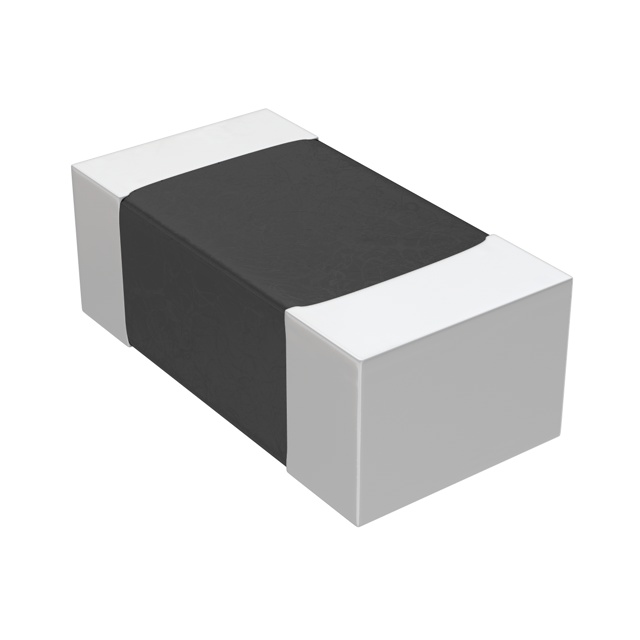

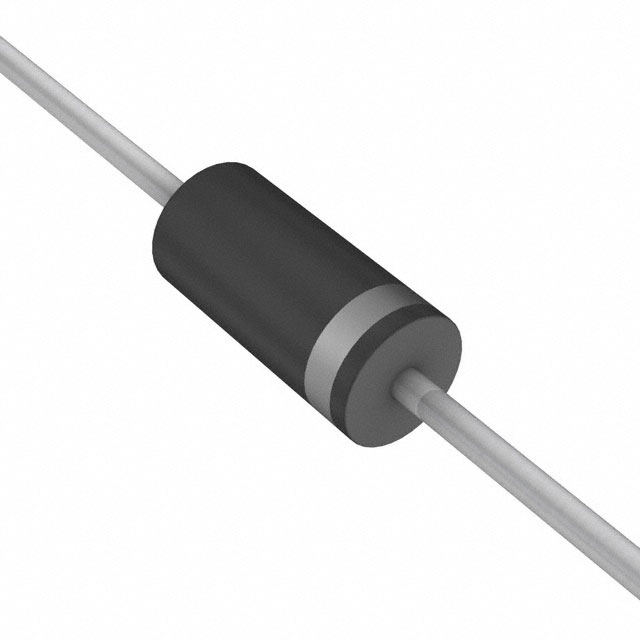
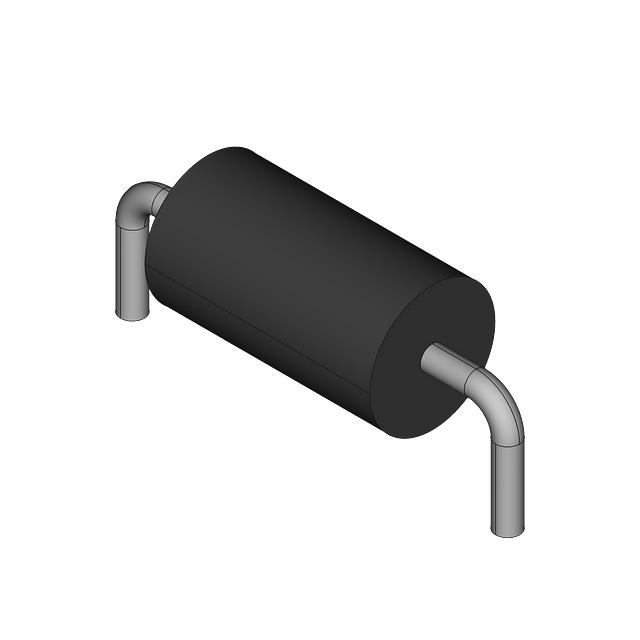
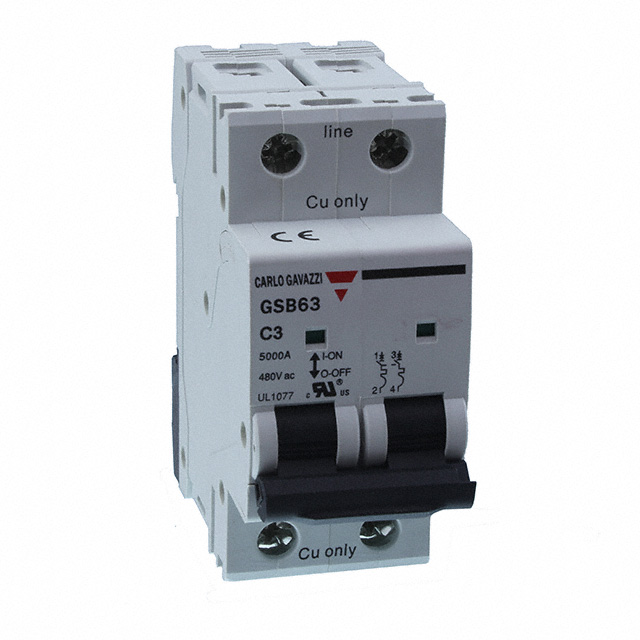

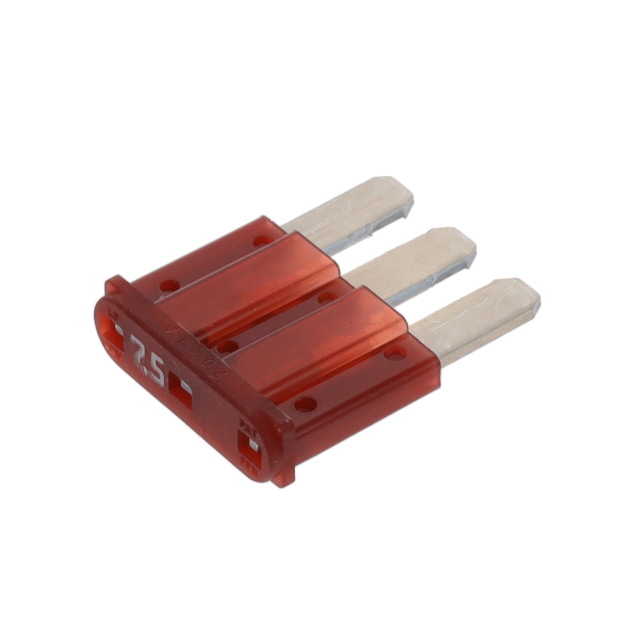

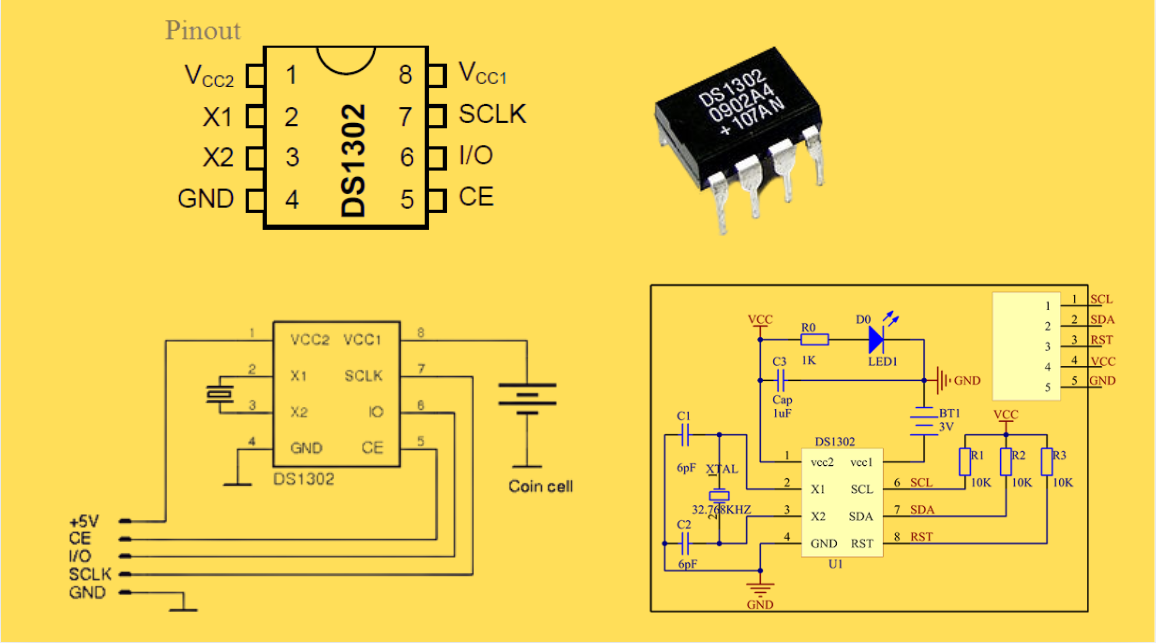
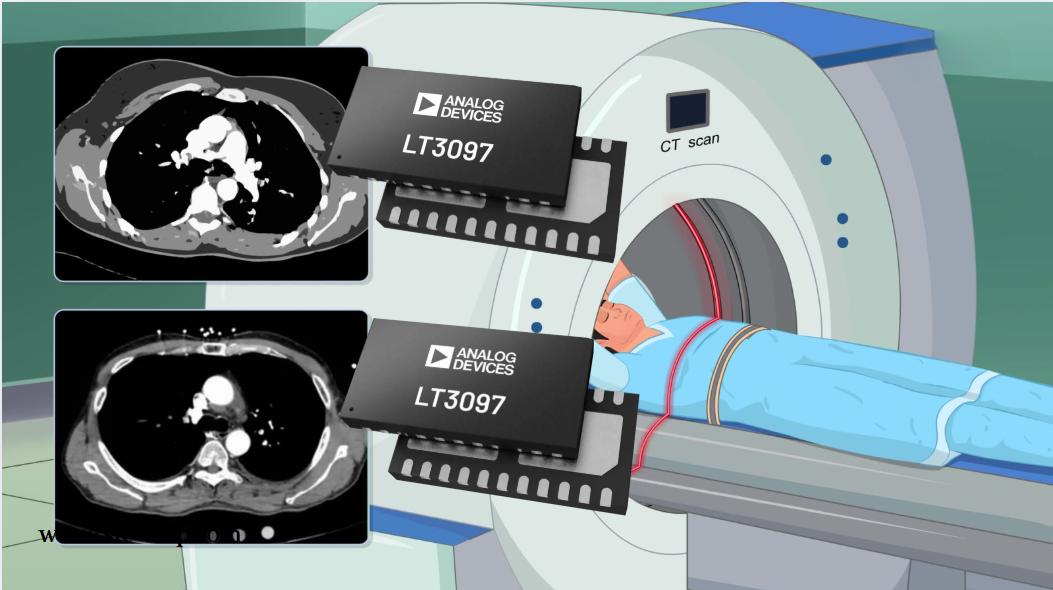
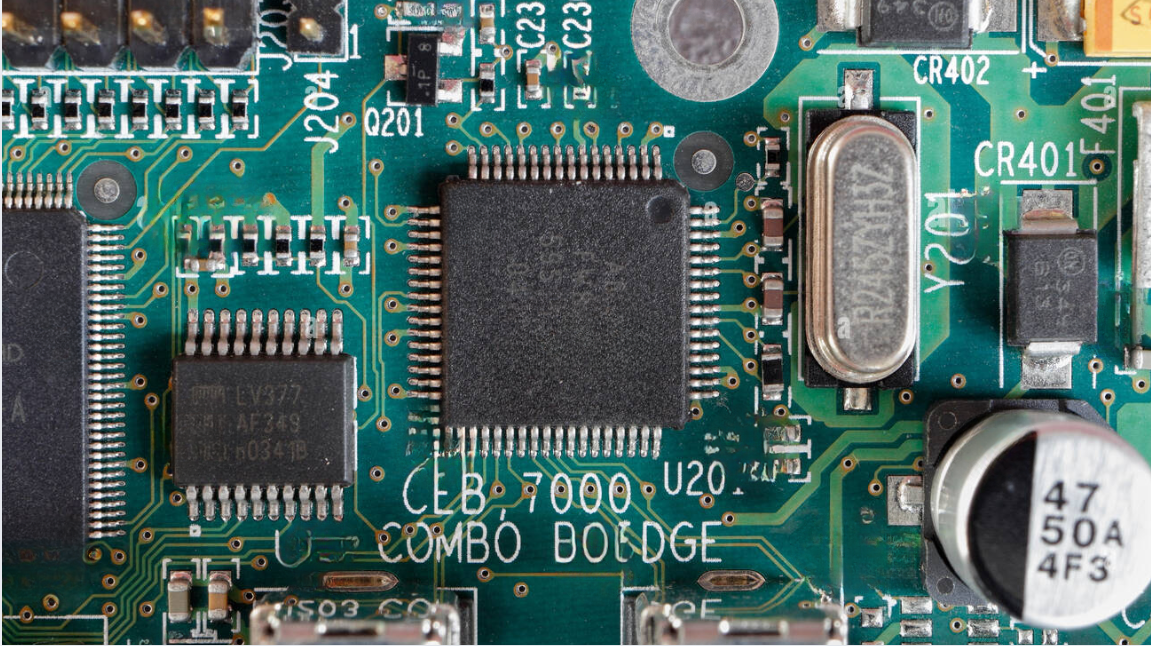
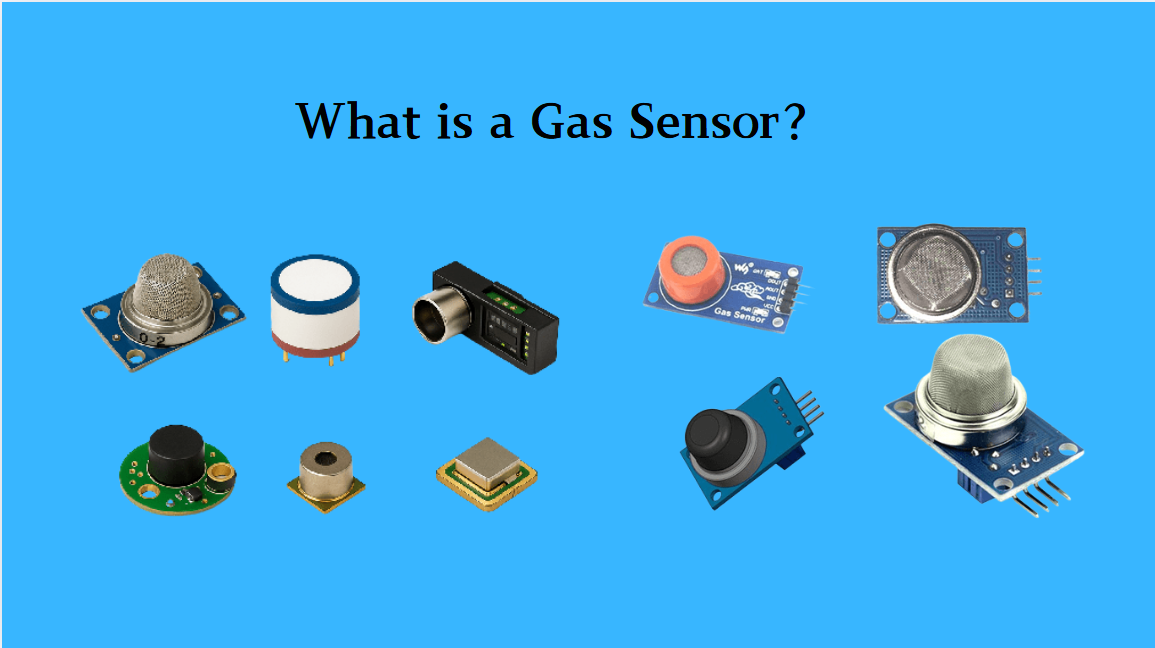
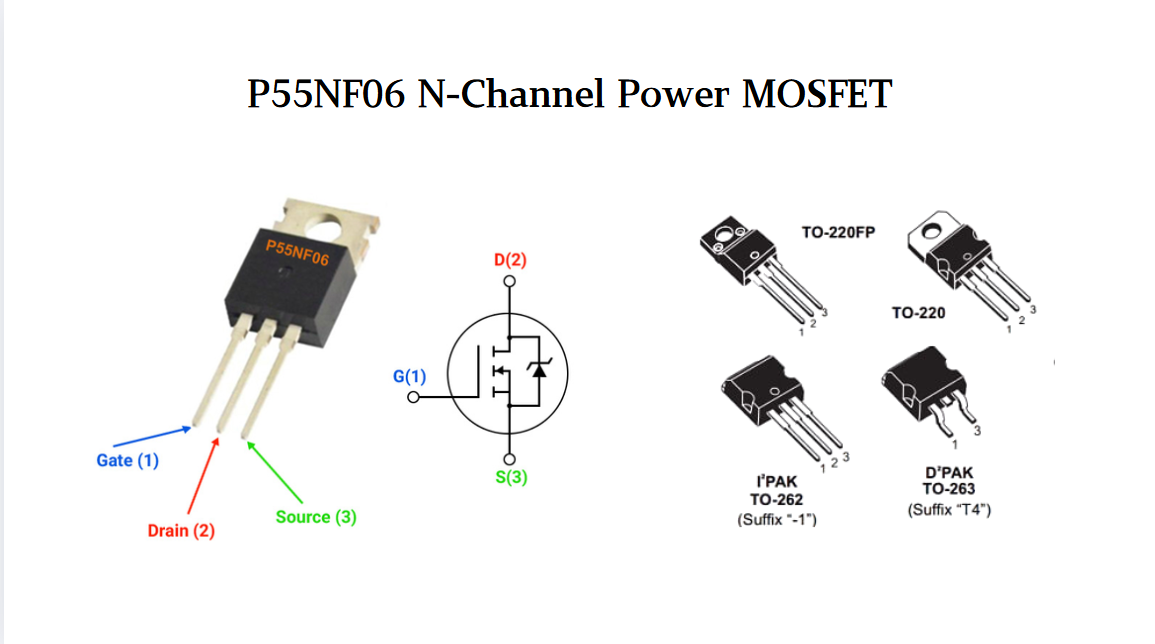
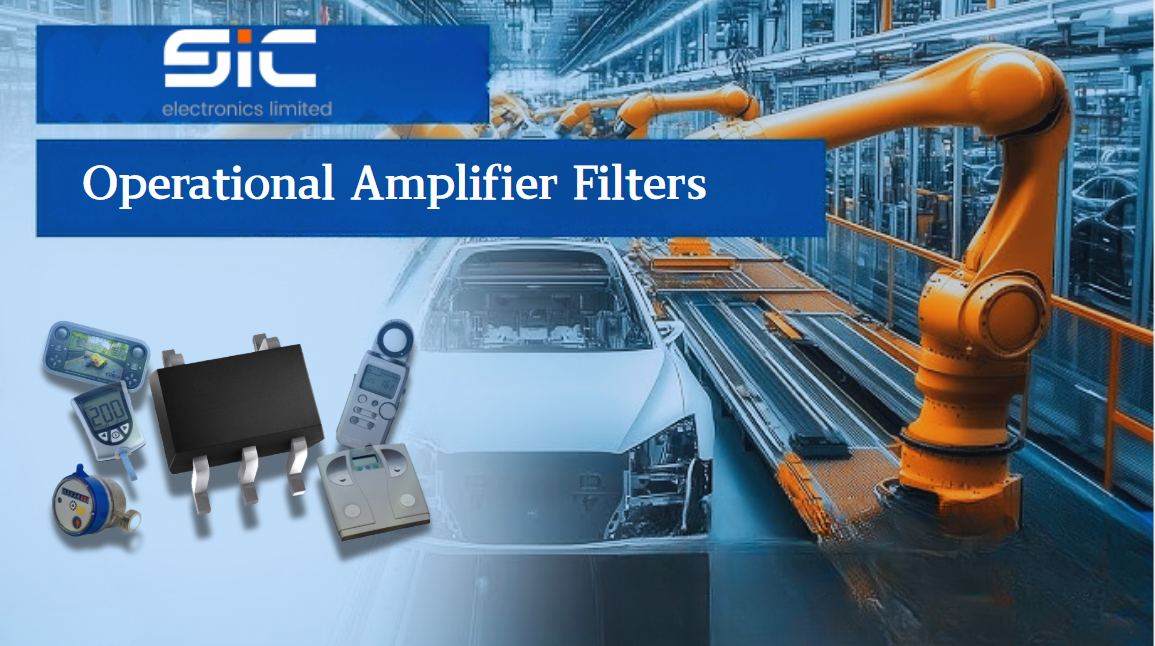
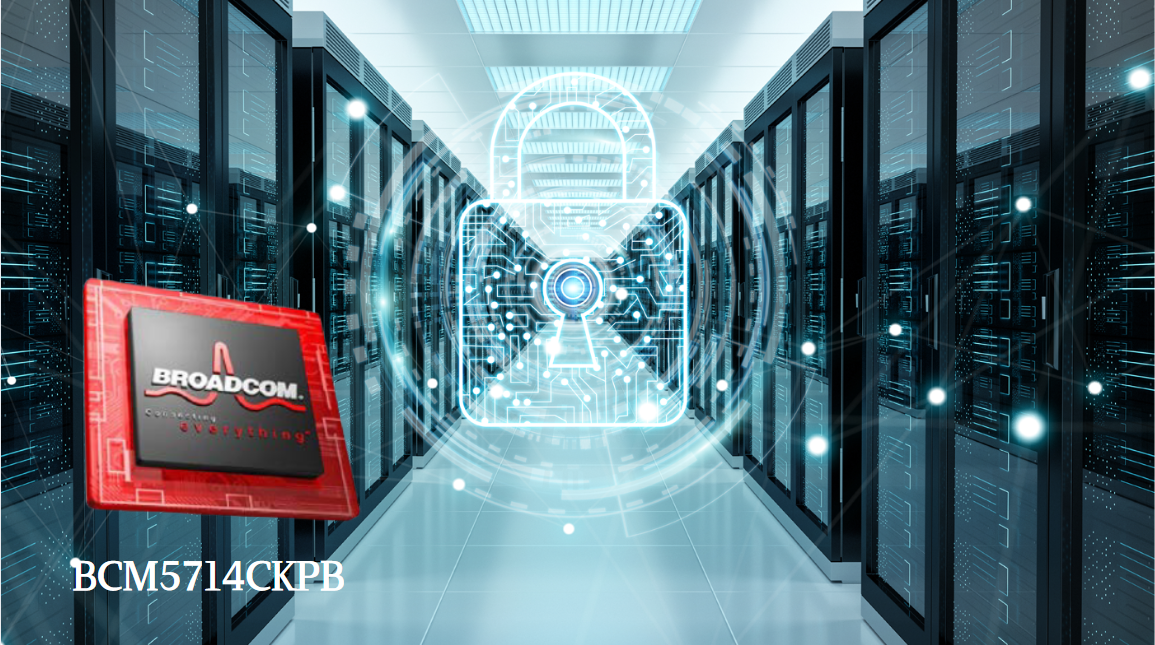
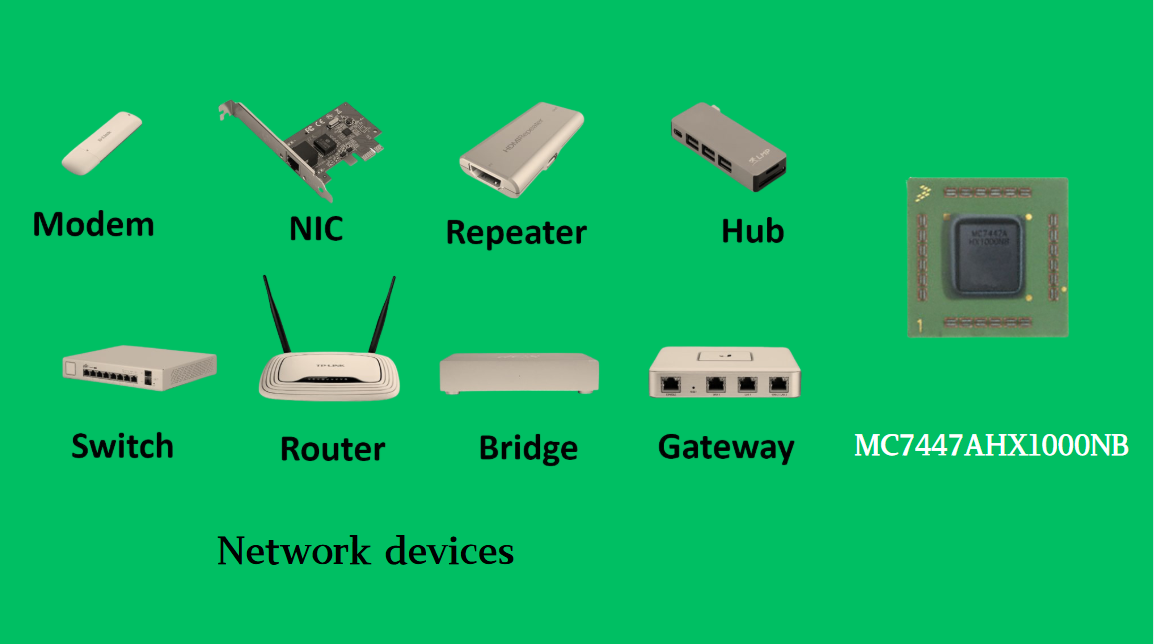
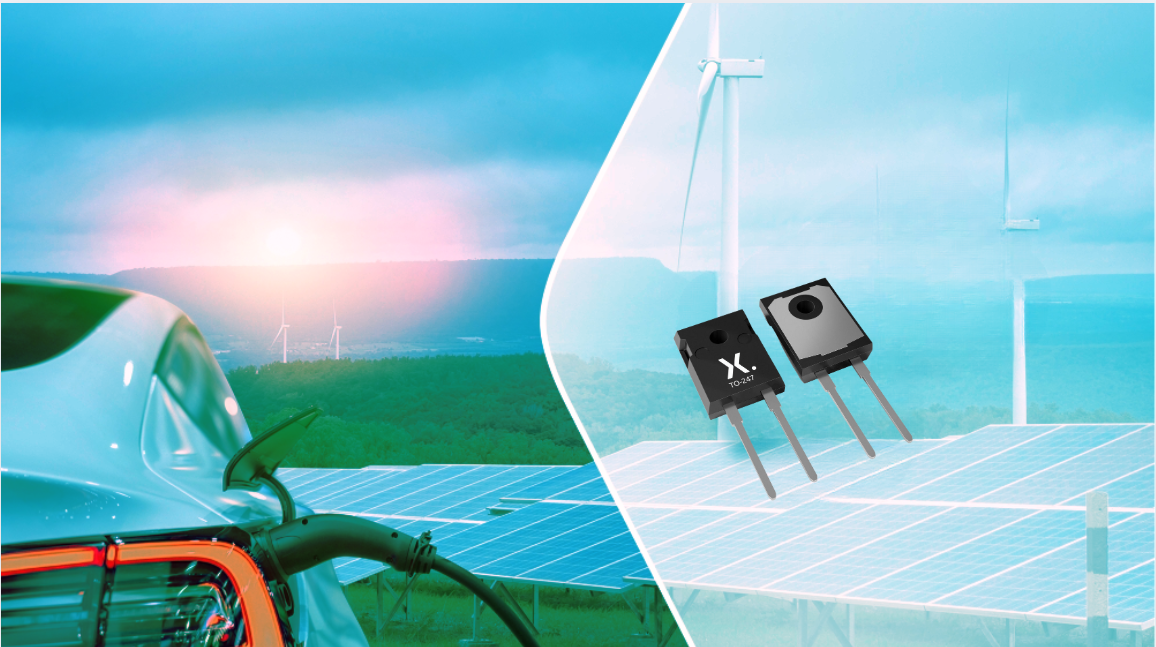
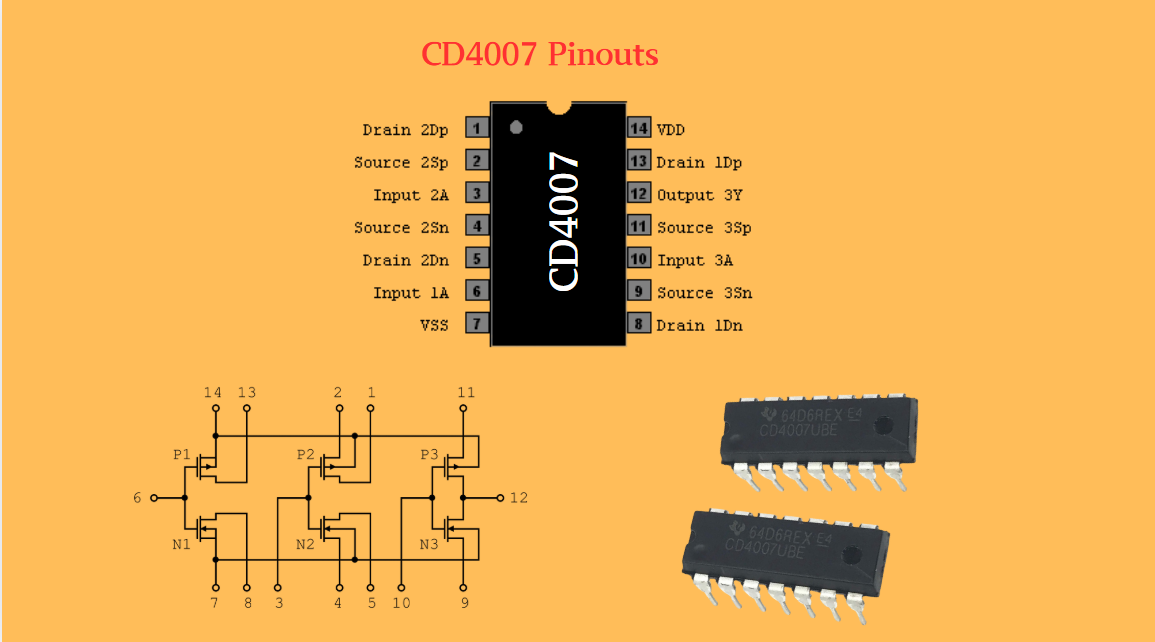
 Wishlist (0 Items)
Wishlist (0 Items)